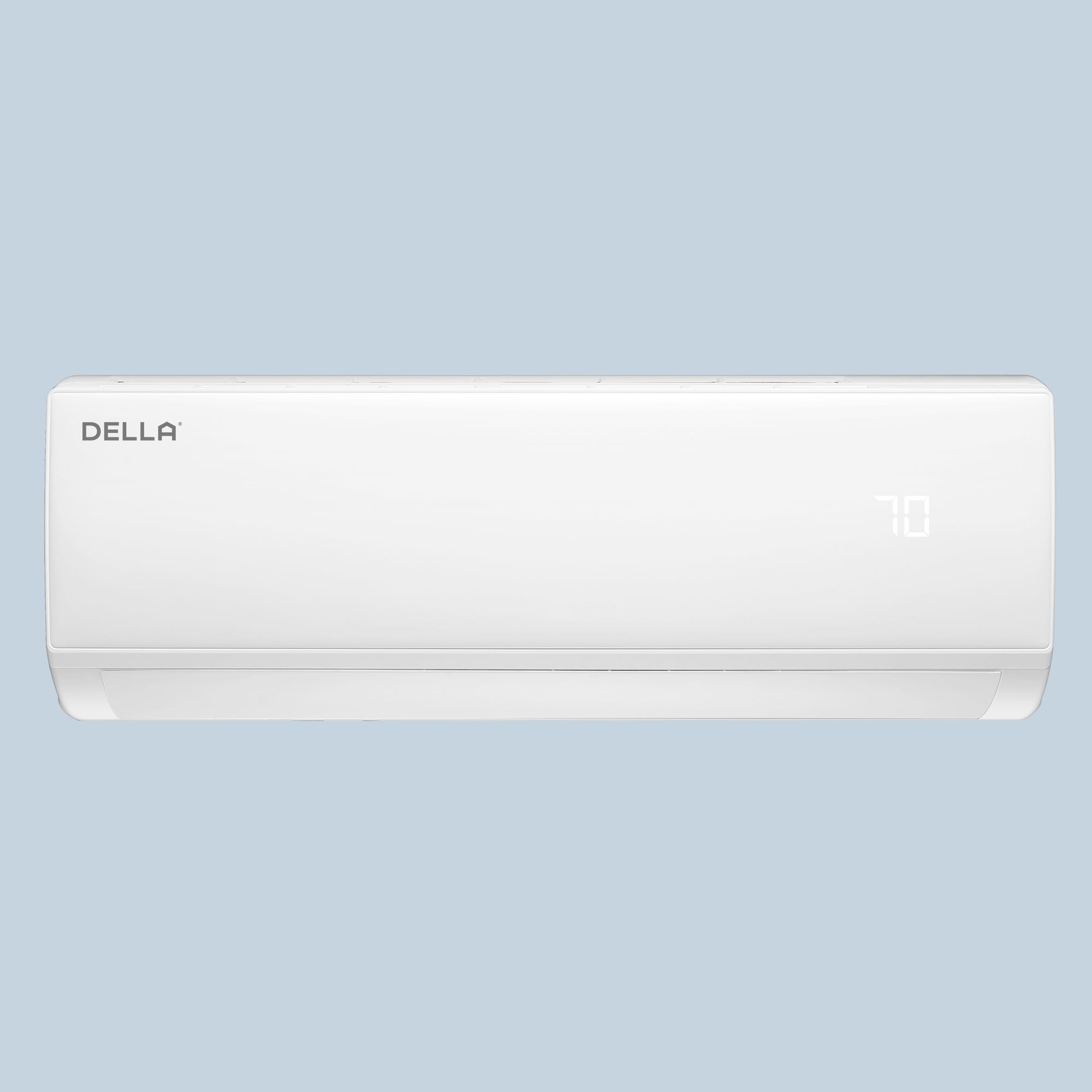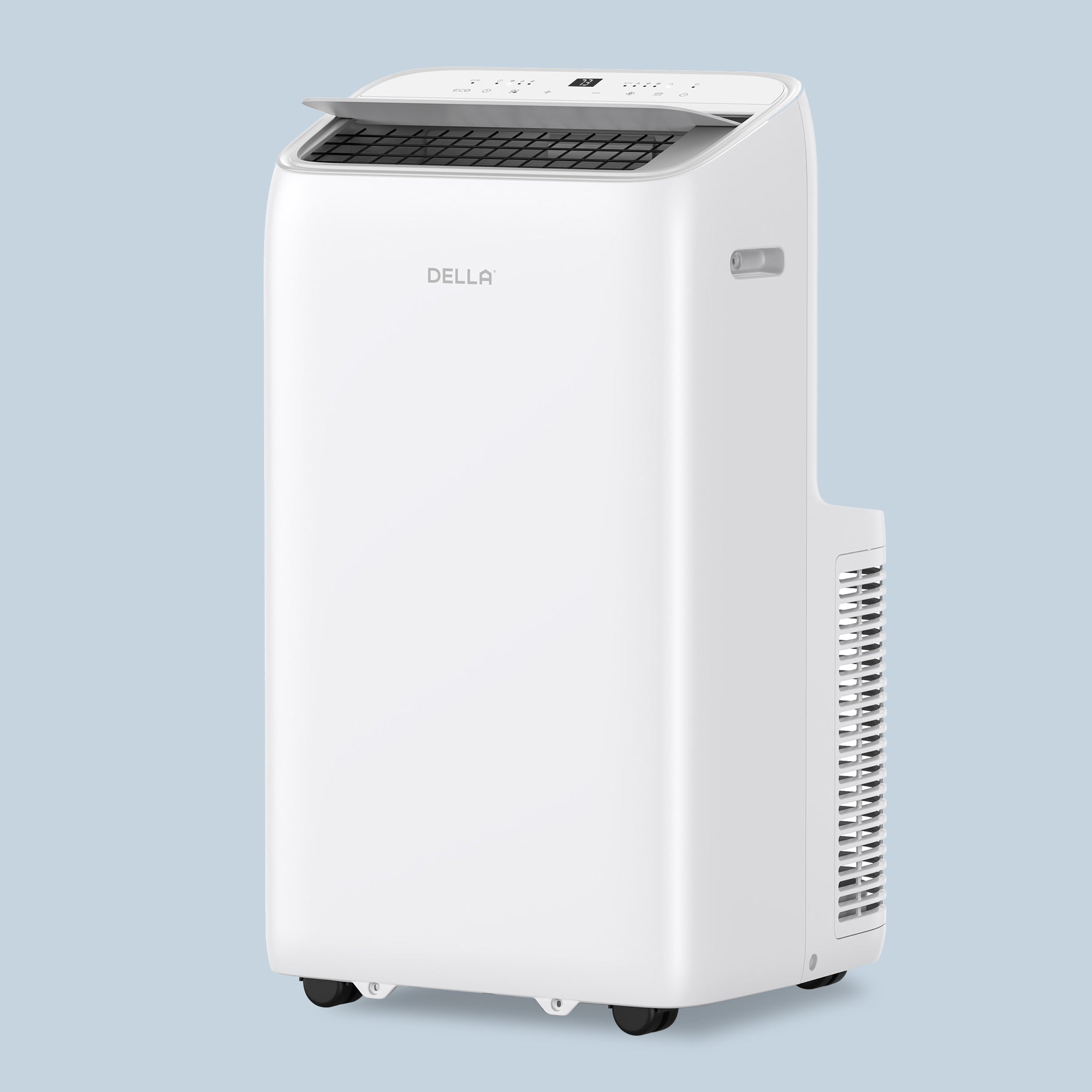Everything You Need To Know About Installing Mini Splits In Your Old House
For those of you who own an old house, you know how difficult it can be to keep it comfortable. Winter rooms are cold with drafty windows. Some rooms are unbearably hot in summer. Energy bills are sky-high. Installing large air ducts can wreak damage on older walls and trim.
That’s where mini split systems for old houses can really shine.
They warm and chill your home without major alterations. They conserve energy and allow you to adjust the temperature of each room. Let’s discuss how mini splits work. I will discuss costs, installation and keeping them operating well.
Keep reading!
Heating and Cooling Challenges in Older Homes
If your home was built before the 1960s, you have likely experienced cold drafts in winter or musty heat during summer. Let’s go through the biggest offenders:
Poor Insulation
Thin walls, old windows and insufficient attic insulation allow warm or cool air to escape. In the winter months, cold air slips through its cracks. In the summer, heat seeps in from single-pane windows. This forces your HVAC to work harder, translating into higher energy bills.
Ducts Need Replacing or Don’t Exist
Many older homes lack air ducts. To install them, we have to cut into walls or floors. This can be damaging to plaster, woodwork or other original features. And even where ducts are present, they’re frequently too small or leaky to be compatible with modern systems.
Uneven Temperatures
Older homes often have “hot spots” and “cold spots.” Upstairs rooms may bake while the downstairs remains frigid. The solution is beyond what a single thermostat can provide. A 1930s Craftsman, for example, might have one room roasting while another remains cold as ice all winter.
Preservation Issues
A large window AC unit or clunky ductwork can spoil the appearance of a historic property. Drilling holes for vents or disguising ducts in crown molding may not work if you want to preserve the house’s vintage look.
Central air requires ducts, which are expensive and messy to install. Window ACs obstruct natural light and don’t heat. That’s part of the reason why more owners of antique homes are embracing ductless mini split systems — they remedy these challenges without ripping walls apart or sacrificing charm.

Mini Splits vs. Traditional HVAC in Older Houses
Selecting heating and cooling systems for an old house? Here is a breakdown of mini splits vs traditional HVAC:
Mini Split vs Traditional HVAC Duct Work
Traditional HVAC ducted systems involve cutting into walls or floors. That’s messy stuff and can ruin plaster or original woodwork. Mini splits require trespassing only a small hole for pipes without complicated duct work, saving your home’s historic details.
Zone Control
Mini splits allow you to set temperatures in each room. However, conventional HVAC relies on a single thermostat to serve the entire house. That often leaves rooms too warm or too cool. For example, Grandma’s room remains cool, but the kitchen feels like a sauna.
Energy Efficiency
Inverter technology in mini splits. That means they modulate power according to need. Old HVAC equipment kicks on full blast, then shuts off, and wastes energy. Mini splits can reduce energy bills by as much as 30 percent, which is important in drafty old houses.
Looks
Indoor units for mini splits are very slim and quiet. They are mounted high on the walls or hidden in corners of the ceiling. Ductwork typically needs bulky vents that can destroy vintage trim.
Installation Difficulty
Old houses can be too disruptive for traditional HVAC. Ductwork ruins walls. Two-Zone Systems Create Hot and Cold Spots. Mini splits address these problems with ductless installations, room-by-room control, and sleek designs. They’re easier to install and less expensive to operate over time.
Benefits of Installing Mini Split Heat Pumps in Older Homes
Mini split heat pumps fit perfectly in older homes. That’s why they’re a great option:
Energy Savings
Mini splits employ inverter technology, which operates like a dimmer switch rather than an on/off button. Mini splits heat pumps modulate their speed to maintain temperatures. That can reduce energy bills by 30–50 percent.
Targeted Comfort
Why heat or cool rooms you don’t occupy? With mini splits heat pump, you can adjust different temperatures in each room.
Better Air Quality
Dust, mold or pollen can linger in older homes. Mini splits heat pump have high-quality filters that trap these allergens. This is especially useful if your home has older carpets, creaky floors or musty basements that attract mold.
Quiet Performance
Mini splits heat pump whisper quietly (about 19 dB). You won’t miss the clanking of loud radiators or the rattle of window air-conditioning units.
Aesthetic Flexibility
Wall-mounted, ceiling or floor units are available. They’re sleek, hiding in plain sight, unlike bulky window units that cover your vintage sash windows.
Are Mini Splits Good for Old Houses?
Yes! Mini splits address issues that older homes often face. For example:
Single-Room Solutions
Have a sunroom that’s too hot in the summer or an attic that’s too cold in the winter? A single room AC unit will fit the bill for those spaces without cooling the entire home.
Multi-Zone Efficiency
Homes with multiple zones can really benefit from multi room mini splits. These allow you to individually control temperatures in up to 8 rooms. Imagine air-conditioning the kitchen but leaving the unused guest room off — saving both energy and money.
In Practice
A 1920s bungalow owner replaced their old radiator setup with a multi-zone mini split. They cut 40 percent off their energy bills and avoided ripping up walls for ducts. Why It Works? Old homes frequently don't have space for ducts or have delicate walls. Mini splits bypass all this with their ductless design. And they’re easier to install in homes with tricky layouts, such as narrow staircases or low basements.
In short, mini splits help you stay comfortable while being kind to your home’s character.

How Much to Install a Mini Split in an Older House?
Costs of installing mini splits vary based on your home’s needs:
Number of Zones
Single-zone systems (one room) start at $3,000.
Multi-zone (multi-room) systems can cost $5,000 to 10,000+.
Labor
If units need to be installed on elevated floors or in cramped spaces (like attics), it’ll be more expensive. Labor: Expect to pay $1,500–$3,500.
Electrical Upgrades
Most older homes will require new circuits or panel upgrades to accommodate mini splits. That tacks on $500–$1,500
Savings Tips
Search for air conditioner sales to save money.
See if there are rebates from ENERGY STAR or local utilities—some cover as much as $500 of installation.
Although the upfront costs can be daunting, mini splits save early money by way of energy bills and home preservation.
You must assess room-specific needs; make BTU calculations as this dictates which mini-split heat pump will work for you. → A 150 sq ft bedroom requires ~6,000 BTUs. For rooms with poor insulation or a lot of windows, add 10–20%.
Key Considerations Before Installing a Mini Split Heat Pump
Assess Electrical Infrastructure
If the house is older, it might have a 60-amp panel, which won’t support mini splits. Replace with a 200-amp panel if necessary
Pick the Right System
Explore Mini Split Systems for single- or multi-zone choices. Heat pumps are perfect for year-round use.
Placement
Outdoor units should be installed in shaded areas to avoid overheating. Make sure to keep them 2–3 feet away from walls for airflow.
How to Install a Mini Split Heat Pump in Your Old House
Home Assessment: A professional examines insulation, room placement and electrical capacity. They’ll advise you on the best locations for units.
Choose Units: Most rooms would do with a wall-mounted unit. Ceiling cassettes tuck into tight rooms.
Employ Licensed Installers: They will take care of permits, wiring and refrigerant lines. Our warranty remains valid as long as you install it properly.
Mount Components: Outdoor condensers mount on brackets or concrete pads. Indoor units are mounted high on the walls through a 3-inch hole for piping.
Test the System: Technicians test refrigerant levels, thermostat settings and airflow. They’ll teach you how to use the remote.
How to Maintain Your Mini Split Heat Pump
Monthly Filter Cleaning
Take out your filters and rinse them off with water. Let them dry to prevent mold.
Check Outdoor Coils at Least Once a Year
Remove leaves, snow or dirt that impede air flow. Trim plants around the unit.
Schedule Professional Servicing
Once a year, have a technician check refrigerant levels and electrical connections. It preserves your system running smoothly and enhances its lifespan.
Conclusion
Mini splits are a total game-changer for older homes, providing efficiency and flexibility while being installable without destroying a home’s architectural integrity. Picking the right system — be it a single room AC unit or a multi room mini split — allows you to add comfort without compromising historic chandeliers.
Ready to modernise your home? Explore your options today!
Read More:
What Size of Mini Split Air Conditioner Do I Need? 2025 Updated
How Does a Mini Split Air Conditioner Work?
8 Steps to Install a Mini Split Air Conditioner Easily
Pros and Cons of Ductless Mini Splits: Are They Worth It?








LEAVE A COMMENT
All comments are moderated before being published.
This site is protected by hCaptcha and the hCaptcha Privacy Policy and Terms of Service apply.